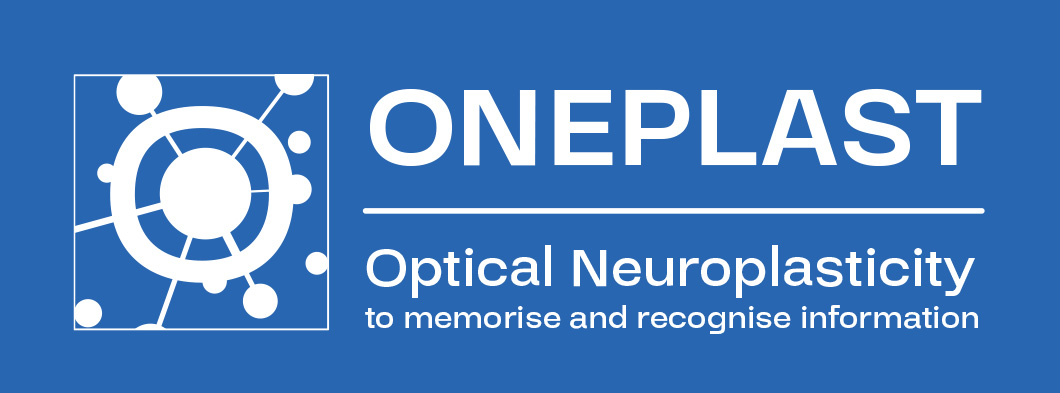ONEPLAST Project Concept
The ONEPLAST project revolves around the development of a neuromorphic photonic hardware that leverages nonlinear optical plasticity to store and recognize information, overcoming the limitations of conventional Von Neumann-based computational architectures.
Core Idea of the ONEPLAST Project
The project emerges from the necessity to transcend Moore’s Law limitations, which have led to performance saturation in traditional chips due to miniaturization and increasing power consumption.
The fundamental inspiration is drawn from the human brain, which unifies memory and computation through neuroplasticity.
ONEPLAST translates this paradigm into the optical domain, exploiting nonlinear refractive index plasticity to develop optical neural networks capable of simultaneously storing and processing information.
Primary Objective
To develop nonlinear optical neural networks capable of:
Storing information
through transient interconnection patterns.
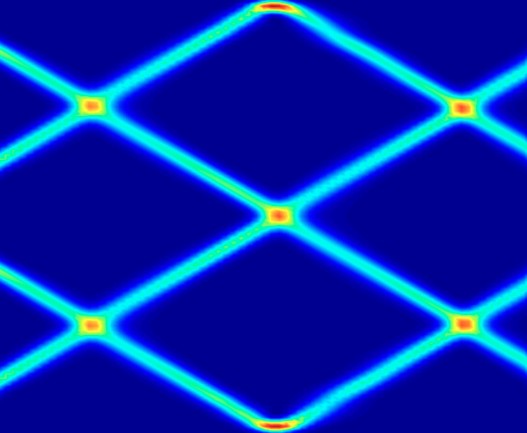
A. Bile, H. Tari, E. Fazio, Episodic Memory and Information Recognition Using Solitonic Neural Networks Based on Photorefractive Plasticity. Appl. Sci. 2022, 12, 5585, https://doi.org/10.3390/app12115585.

A. Bile, H. Tari, E. Fazio, Episodic Memory and Information Recognition Using Solitonic Neural Networks Based on Photorefractive Plasticity. Appl. Sci. 2022, 12, 5585, https://doi.org/10.3390/app12115585.
Overcoming the limitations of conventional architectures
by reducing the separation between memory and processing units.
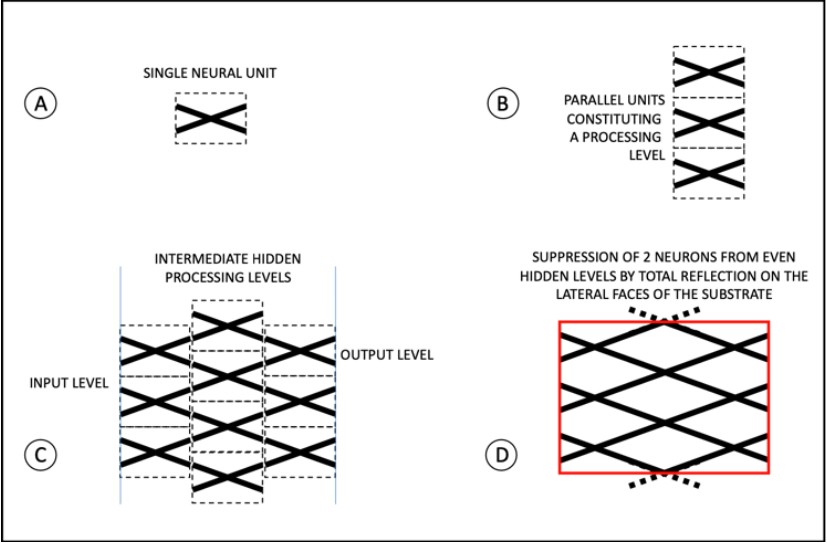
A. Bile, H. Tari, E. Fazio, Episodic Memory and Information Recognition Using Solitonic Neural Networks Based on Photorefractive Plasticity. Appl. Sci. 2022, 12, 5585, https://doi.org/10.3390/app12115585.

A. Bile, H. Tari, E. Fazio, Episodic Memory and Information Recognition Using Solitonic Neural Networks Based on Photorefractive Plasticity. Appl. Sci. 2022, 12, 5585, https://doi.org/10.3390/app12115585.
Integrating plasmonic and solitonic solutions
to achieve dense and scalable optical neural networks.
Innovative Elements
Unification of Memory and Computation
n traditional systems, the separation between CPU and RAM introduces latencies and high energy consumption.
o In ONEPLAST, memory is an integral part of the computational process, akin to biological brains.
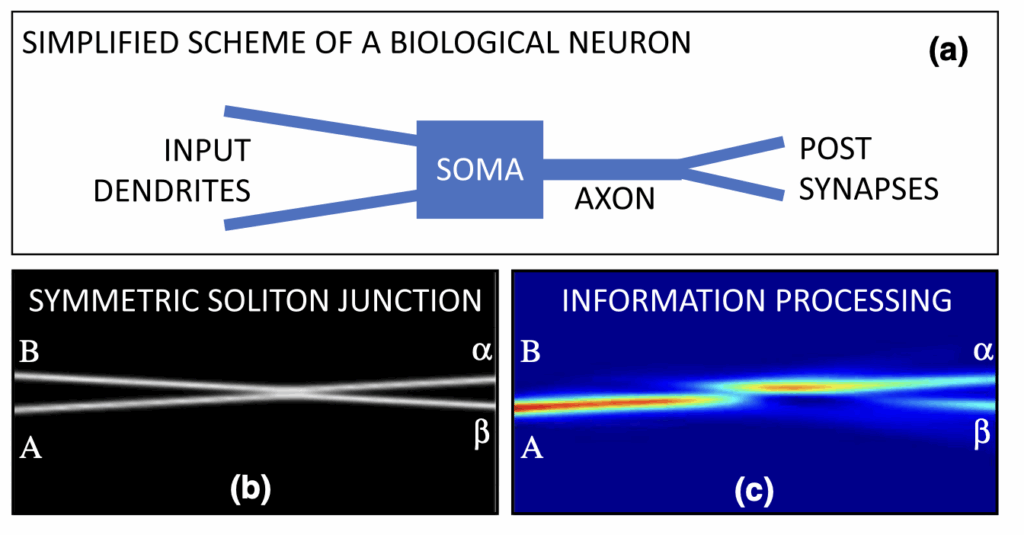
A. Bile, F. Moratti, H. Tari, E. Fazio, Supervised and unsupervised learning using a fully-plastic all-optical unit of artificial intelligence based on solitonic waveguides, Neural Comput. & Applic. (2021).
https://doi.org/10.1007/s00521-021-06299-7.
Optical Neural Networks Based on Solitons
Spatial solitons in photorefractive materials are employed to create dynamic waveguides, which form and dissipate based on the network’s requirements.
These networks learn and adapt, mimicking biological synaptic behavior.
Hybrid Plasmonic-Solitonic Architecture
Surface plasmon polaritons (SPPs) propagate optical signals through nanoscale metallic circuits.
Their integration with photonic solitons enables the development of compact and energy-efficient neuromorphic circuits.

H. Tari, A. Bile, A. Nabizade, M. Iodice and E. Fazio, Ultra-broadband interconnection
between two SPP nanostrips by a photorefractive soliton waveguide, Opt. Express 31,
26092-26103 (2023).
Multi-Level Optical Memory
The project explores three levels of memory, inspired by cognitive psychology:
-
- Episodic memory: Stores information exactly as received.
- Procedural memory: Extracts patterns and structures from raw data.
- Semantic memory: Associates concepts with recognized data.
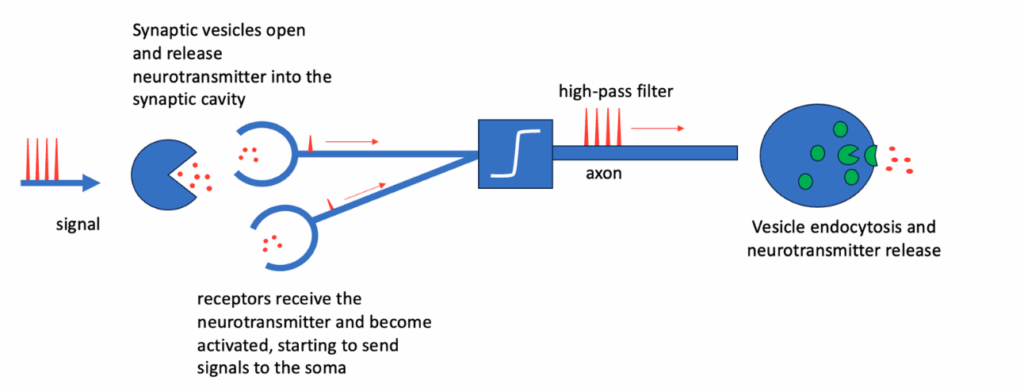
Bile, H. Tari, R. Pepino, A. Nabizada, E. Fazio, Photorefraction Simulates Well the Plasticity of Neural Synaptic Connections. Biomimetics 2024, 9, 231.
https://doi.org/10.3390/ biomimetics9040231
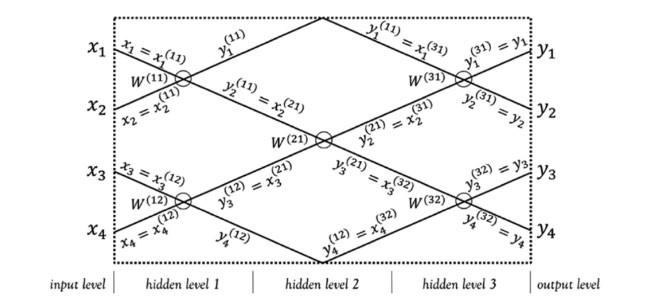
A. Bile, Solitonic Neural Networks: An Innovative Photonic Neural Network Based on
Solitonic Interconnections. In (Ed.), AI in Materials – Springer (2023). ISBN-10: 3031486544. ISBN-13: 978-3031486548.
https://doi.org/10.1007/978-3-031-48655-5
Advanced Technological Implementations
Use of ultrathin lithium niobate on insulator (LNOI) substrates to generate solitons at ultra-low optical power.
Investigation of solitonic X-junctions to develop elementary computational and memory units.

H. Tari, A. Bile, A. Nabizade, M. Iodice and E. Fazio, Ultra-broadband interconnection between two SPP nanostrips by a photorefractive soliton waveguide, Opt. Express 31, 26092-26103 (2023).
Impact and Applications
Revolutionizing AI Hardware
Transitioning from software-based artificial neural networks to neuromorphic optical circuits that perform computations directly in hardware.
Drastically reducing power consumption
leveraging the low-energy requirements of photorefractive solitons.
Applications in neuromorphic computing
for big data processing, image recognition, and high-performance computing.
Potential integration with CMOS electronics
facilitating compatibility with existing semiconductor technologies.
Project Structure
WP1
Development of dense optical neural networks based on solitons to realize
advanced memory and computational systems.
WP2
Plasmonic-solitonic integration, aimed at creating nanometric plastic connections
for ultra-compact optical circuits.



